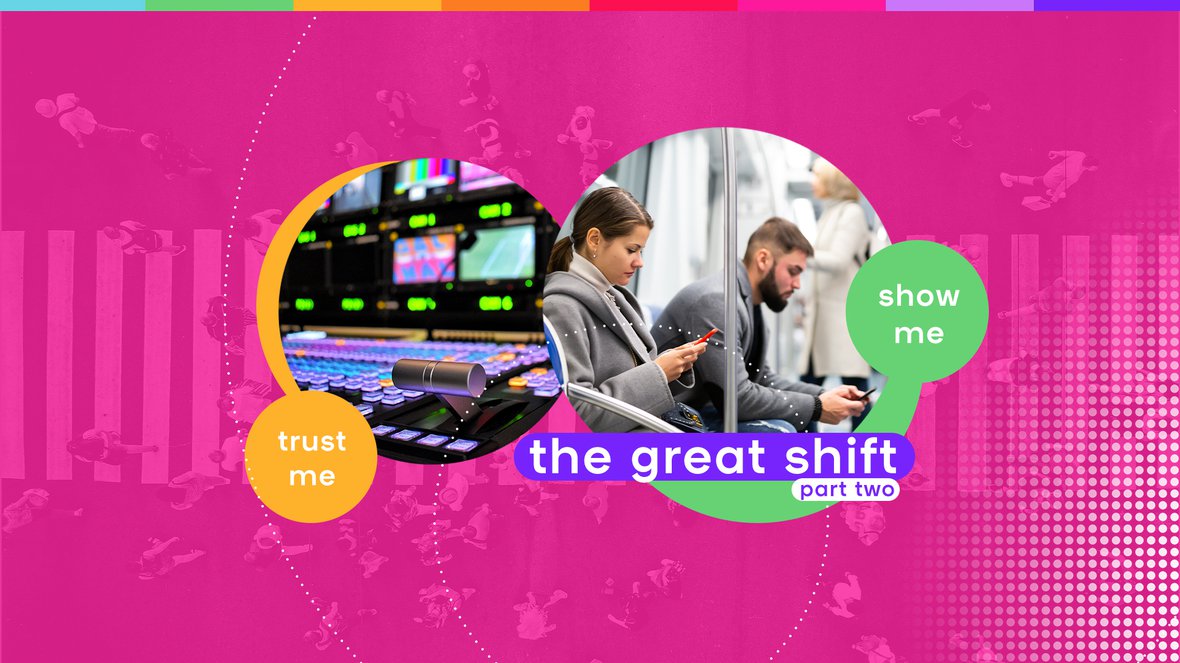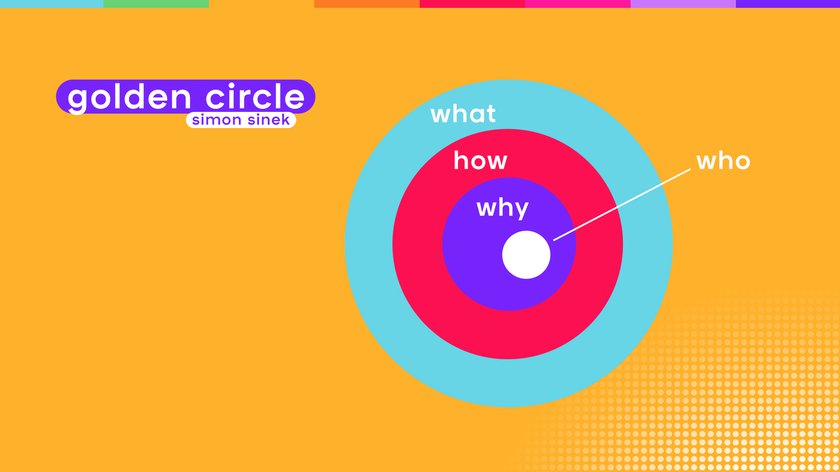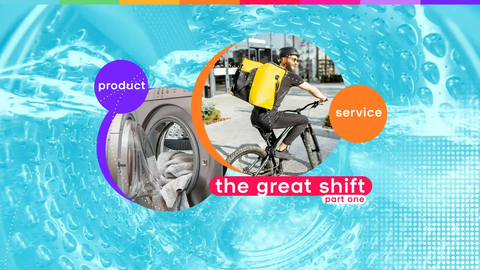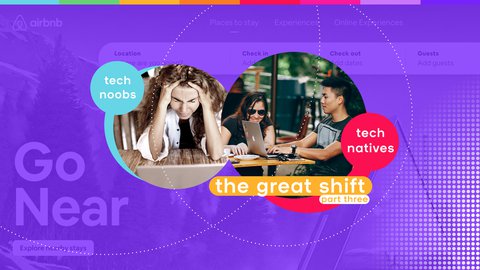Back in 2013, AP’s Tom Rosenstiel addressed an interesting topic in his TedX keynote on the future of journalism when he asked the following question: has digital disruption in journalism made the world better - or worse?
The digital shift has radically altered the news landscape: where newsrooms once called the shots and set the schedule, it’s now consumers who wield the power. The democratisation of information has forever changed the relationship between newsroom and consumer - but how? Why? And, most importantly, what does it mean for publishers?
Of course, answers to questions like that are never simple. Rosenthiel pointed out that while people have had more access to news, newsrooms themselves were - and are - shrinking. It was his contention that ultimately it would be the audience who would be the ones to determine the future of news. And now - in 2022 - we see that he was right. But I’ll come back to that later.
The more interesting question is what accounted for the shift and wavering fortunes of newsrooms at the forefront of everyone in the industry - it’s something which urgently needs addressing. There’s an underlying change in the relationship between the two, which if left unchecked is likely to see further news outlets fall foul of reader indifference. And there’s the crux. It’s the audience, damnit.



